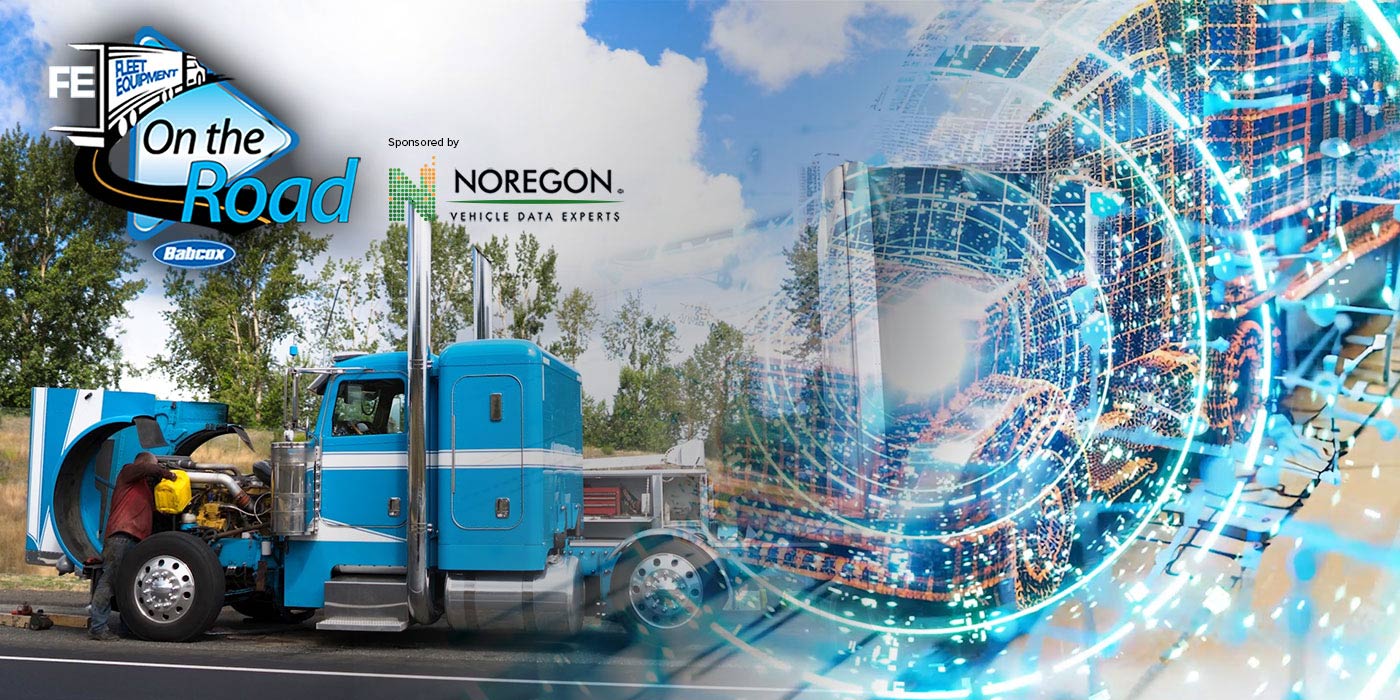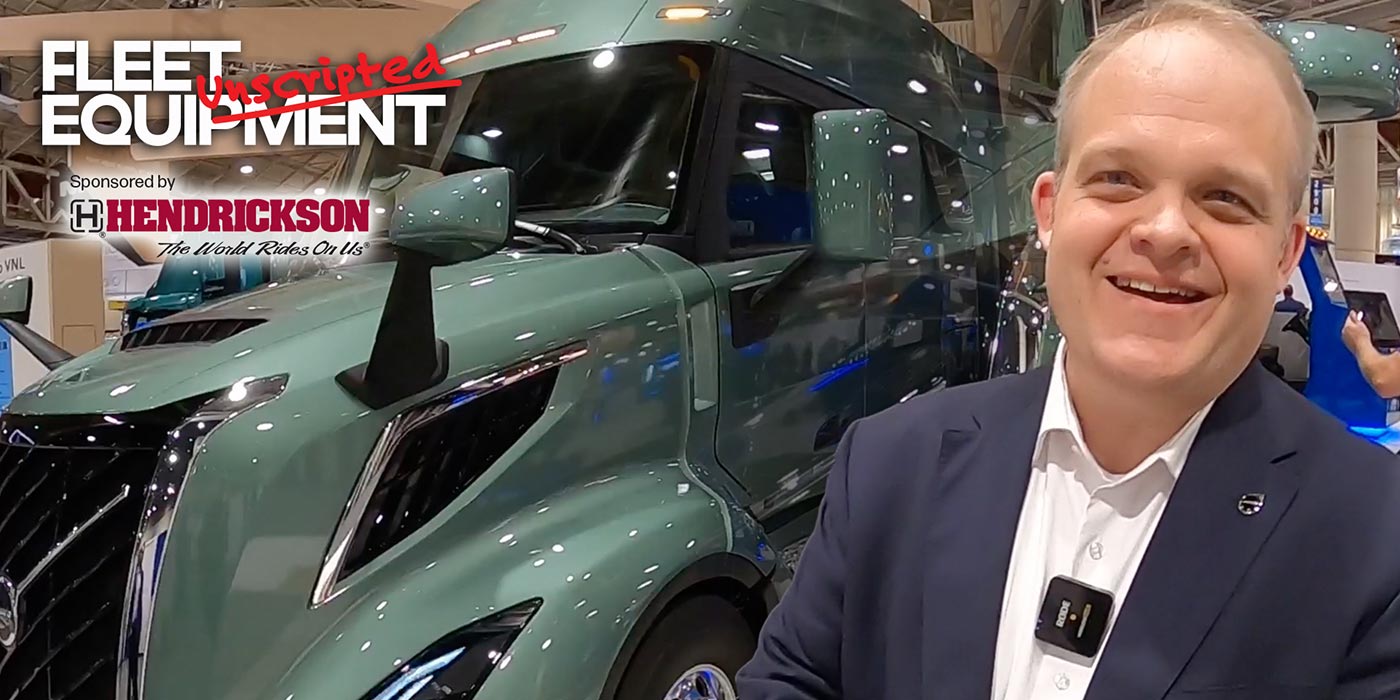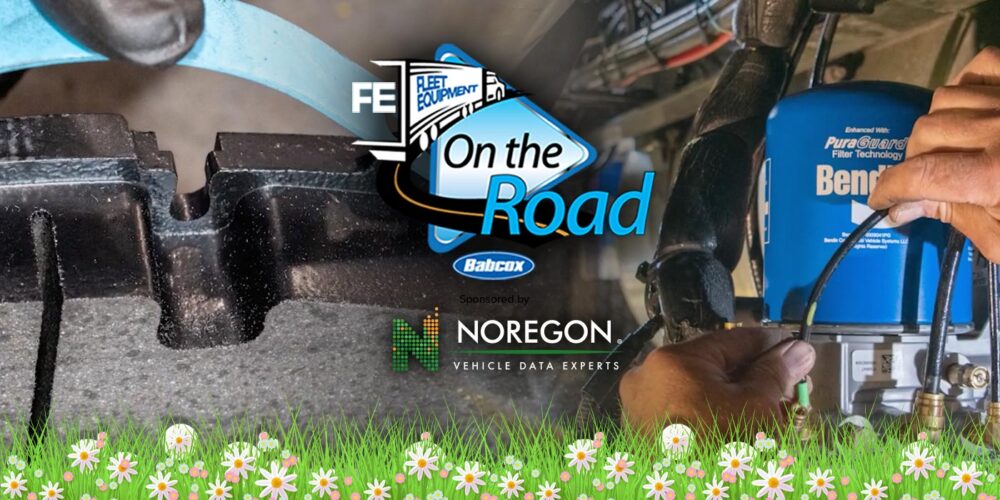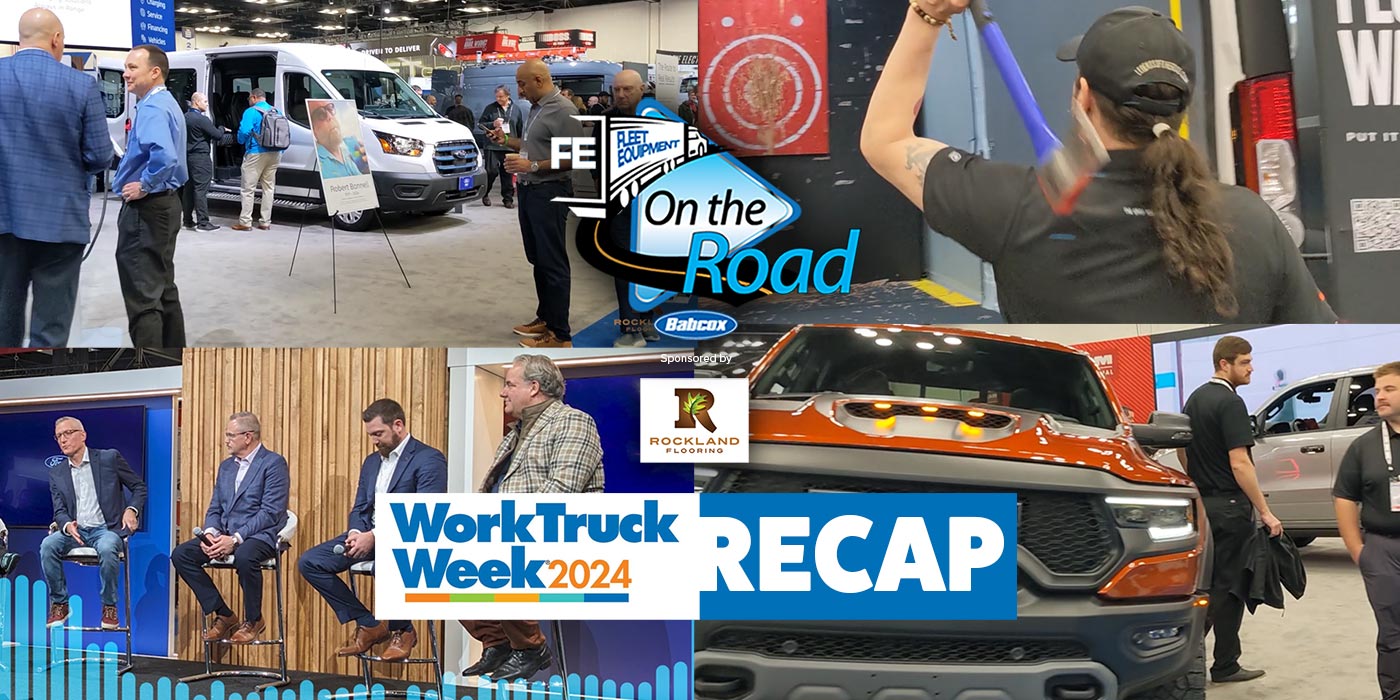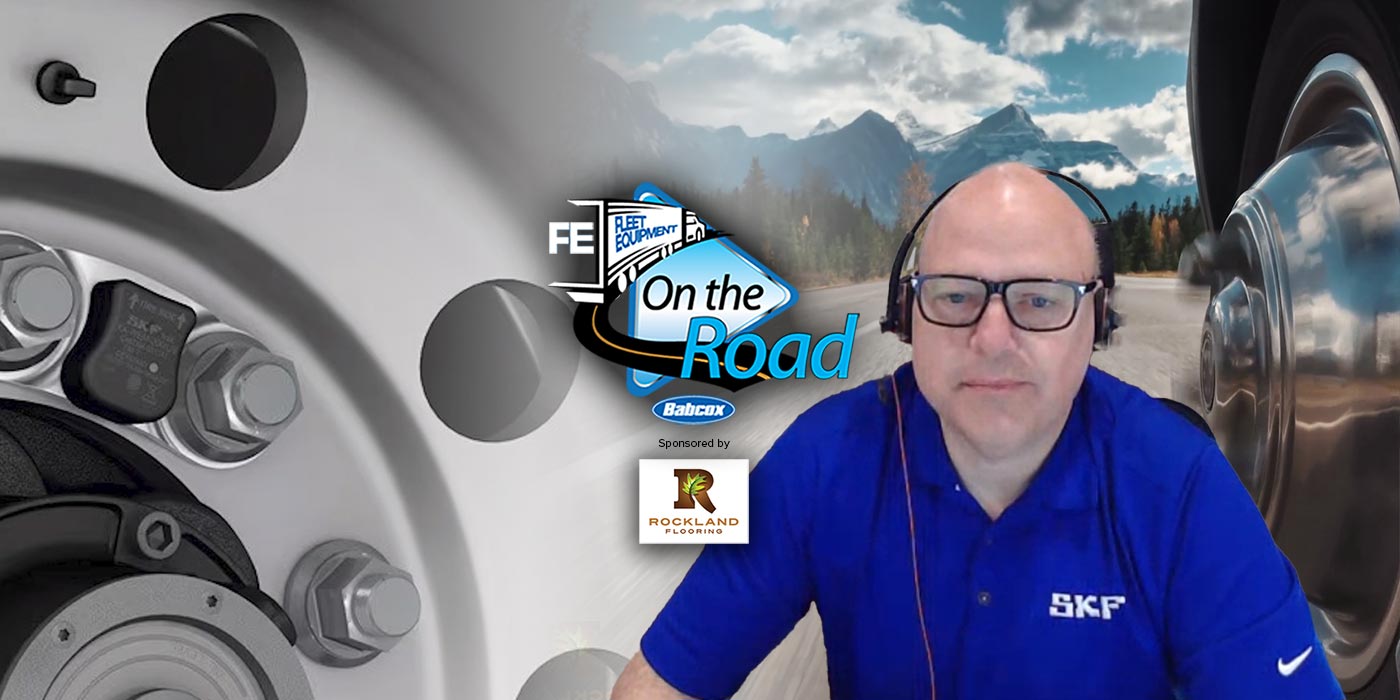What if there was a simple way to save as much as $1,000 per vehicle, per year on fuel and maintenance costs? Depending on the state of your tires, there might be.
Click here to watch more of FE’s On the Road video series.
Here is a transcript of the video:
One thousand dollars. That’s how much cash you could be losing out on just because your trucks or trailers are running on improperly-inflated tires, according to a recent Tire Pressure Systems Confidence Report by NACFE.
So, what’s the key to pocketing that money? The simple solution is one that has been proven to deliver safer, more reliable fleet operations: tire inflation pressure management systems like TPMS and ATIS.
According to NACFE, historical payback estimates for the implementation of tire pressure systems have ranged from less than one year up to about three years, with annual savings projected between $750 and over $1,000 per vehicle per year.
Think it sounds too good to be true? Consider for a moment the real benefits of maintaining the proper tire pressure. Your risk of an unexpected breakdown decreases, and you’re less likely to damage other components on your vehicle. Your trucks will experience better fuel efficiency, reduced tire wear and longer casing life, and this leads to giving your retread program higher value.
The key is having the resources to process and respond to that data. The value in having this situational awareness can be huge, but it must be acted upon. So, if this is a solution for your fleet, prioritize training for both the technicians and the drivers. Once drivers have a better understanding on how the system works, they’ll typically embrace it instead of fighting it or simply not reacting to it.


